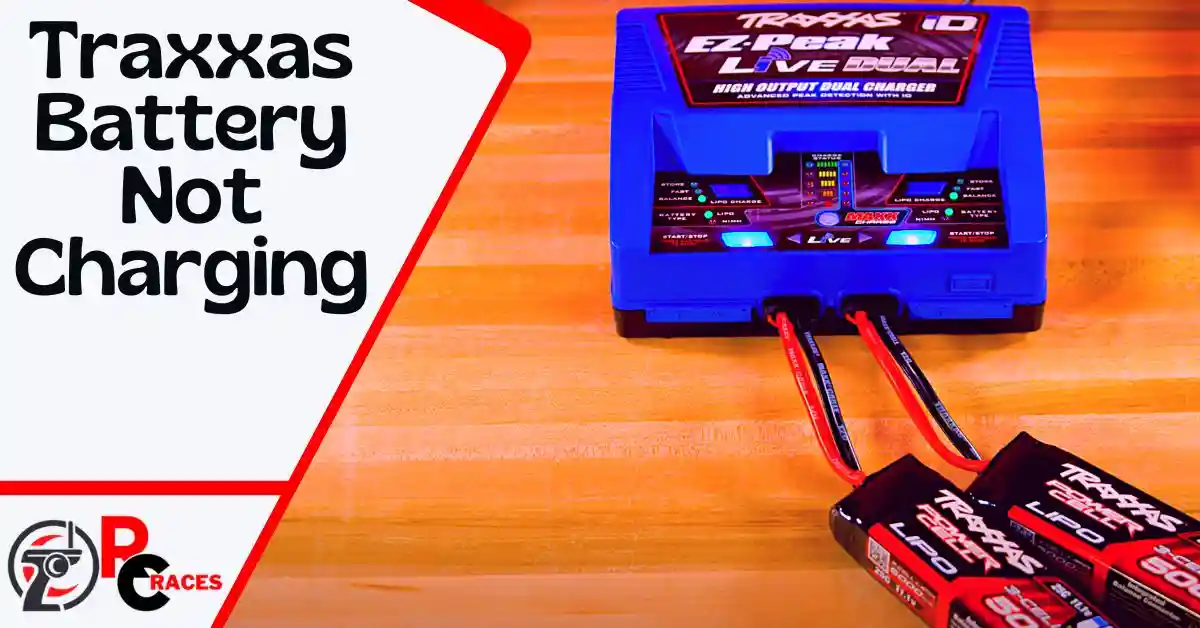Traxxas batteries may not receive charge because of several reasons. Some are relevant to the battery itself; others are linked to the charger. However, most of these issues are quickly solvable. All you need to do is identify the problem and apply the fixing techniques accordingly.
In this article, we will mention some factors relevant to the battery and the charger that usually causes the Traxxas battery not to charge.
Check out the reasons below and their quick fixes.
Traxxas Battery Not Charging: The Battery Issues
Here are the factors relevant to the battery for which a Traxxas battery may not receive the charge.
1. Faulty battery
In most cases, your Traxxaa battery will not get charged due to internal damage. A faulty battery is unable to receive and hold the charge because its cells have been damaged. Therefore, no charging attempt will work if you have a defective battery.
How to fix:
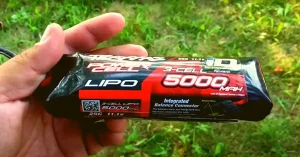
Using a damaged battery is unsafe for you and your RC vehicle. When you are confirmed that the battery is faulty, replace it soon.
2. Disruption in the battery connection
Charging failure can happen if the battery is not connected to the charger properly. The proper connection between the battery and the charger is crucial for an uninterrupted charging process. Loose connection, debris and corrosion in the battery terminals may create an unwanted disruption in the electrical flow. As a result, the charging process can be affected, or the battery may not receive the charge at all.
How to fix:
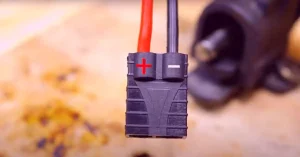
- Check and ensure that the battery is securely plugged into the charger.
- Inspect whether the battery terminal is corroded or if you find dirt inside. Clean and remove them if needed.
- If the battery connectors seem damaged, replace them immediately.
3. Battery voltage too low
A Traxxas battery with too low voltage can be incompatible with charging. The charging process needs a minimum voltage threshold. Unfortunately, if the battery voltage exceeds the minimum threshold, you cannot charge it, or the charger will fail to recognize it.
How to fix:
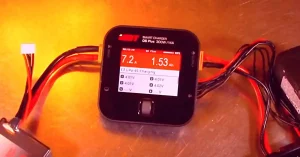
You can fix this issue in two ways.
- You can use special chargers for low-voltage recoveries, such as the ISDT Q6 Pro BattGo Charger and the Traxxas EZ-Peak Plus, for charging batteries with very low voltage.
- The second method is to connect the battery to a very low power supply. This technique will slowly raise the voltage.
4. Battery cell imbalance
Some Traxxas batteries may have cells with different voltage levels and capacities. It creates cell imbalance, making it challenging for the charger to detect the battery voltage. Such differences in cells often interrupt the charging process. Even your charger can refuse to charge the battery due to cell imbalance.
How to fix:
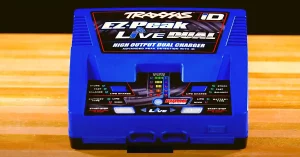
If you have a cell imbalance problem with your Traxxas battery, use a Balance Charger like the Traxxas EZ-Peak Plus and the Venom Pro Duo 80W X2 Dual AC/DC Charger.
These chargers can monitor and adjust the individual cell’s voltage during charging. So, each cell gets charged evenly.
5. Old battery
When a battery becomes too old, it can deny receiving the charge for several reasons. Old batteries gradually lose their charging performance, the effectiveness of internal chemistry and energy storage capacity. As a result, you may see various symptoms like slow charging, poor performance and no charging.
How to fix:
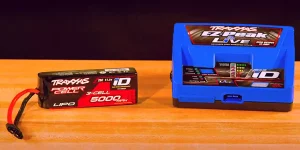
If your Traxxas battery is too old and does not receive the charge, replacing it with a new one is the best solution.
Traxxas Battery Not Charging: The Charger Issues
Check out the points below to know how charger issues can prevent Traxxas batteries from receiving the charge.
1. Defective charger
Charging failures often occur because of a defective charger. When the charger becomes faulty, it does not recognize the battery. Thus, you cannot charge your Traxxas battery using it. Moreover, a defective charger is responsible for voltage fluctuation and other electrical issues that cause slow and incomplete charging.
How to fix:
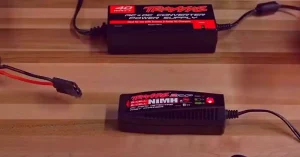
- Check the charger and notice if you see any visible damage signs. Also, ensure that its connections are secured.
- If you are unsure whether the charger or the battery is defective, try a different power outlet and an alternative Traxxas battery. This step will help you detect the faulty one.
- It is usually advised to replace a damaged charger. You can contact Traxxas for further guidelines and assistance with any replacement.
2. Incompatible charger
The charger you use must be compatible with the Traxxas battery. Otherwise, it may fail to recognize the battery for charging. An incompatible charger will be unable to deliver the necessary charging parameters. Instead, it can provide the wrong current output and voltage, preventing the charging process.
How to fix:
- If you notice the Traxxas battery is not receiving charge due to an incompatible charger, stop using it immediately.
- Get a compatible charger recommended by Traxxas.
- Do not use random chargers to avoid hazards and damage to the battery.
3. Damaged charging port, cable and connector
Physical damage in the charging port, cable and connector are common factors that prevent Traxxas battery from charging. They can disrupt the flow of electricity and cause charging failure.
How to fix:
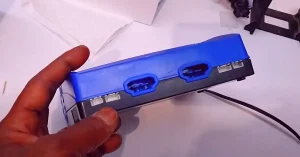
- Check the cable, connector and charging port to see any visible damage. Take notes if you have found one.
- You must replace such damaged parts of a charger. During their replacement, ensure that you have bought compatible ones.
- For getting genuine parts, you can contact Traxxas.
4. Incorrect charger settings
A charger usually has multiple settings, like charging mode, current rate and voltage. They have a big influence on charging a battery. If those settings are incorrect or incompatible, your Traxxas battery will not receive the charge.
For example, setting too low charger settings can cause undercharging, or the battery may deny getting charged.
How to fix:
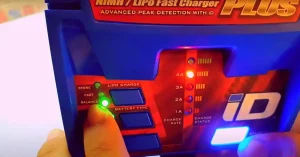
- Before charging a Traxxas battery, double-check whether the charger settings are compatible.
- If you notice an incorrect charger setting, stop charging the battery immediately and ensure the appropriate settings.
Frequently Asked Question
Why is my charger not recognizing the Traxxas battery?
Primarily, the problem occurs because of compatibility issues. Besides, improper connections, a faulty charger, or a defective battery are well-known reasons for the battery recognition problem.
What are the voltage requirements for the Traxxas battery charging?
It depends on the specific battery model. For example, the minimum voltage of Traxxas LiPo batteries is 3.7 volts per cell. So, a Traxxas battery with two cells will require a minimum of 7.4 volts; 3-cell batteries will need 11.1 volts.
How long do Traxxas batteries take to charge?
The duration varies depending on battery types and models. Traxxas batteries generally take 1 to 3 hours to charge using a recommended charger fully.
Conclusion
Finally, it is clear that both the battery and charger can be responsible for the Traxxas battery charging issues. Though annoying, you can easily fix them using simple techniques like the above. Sometimes you may need to replace a faulty component, and sometimes not. However, if you cannot identify the issue causing it or the problem continues, you should contact Traxxas customer support or an experienced technician for professional help.

